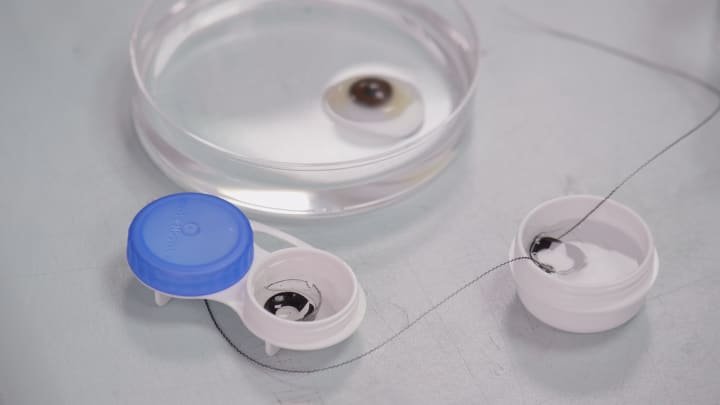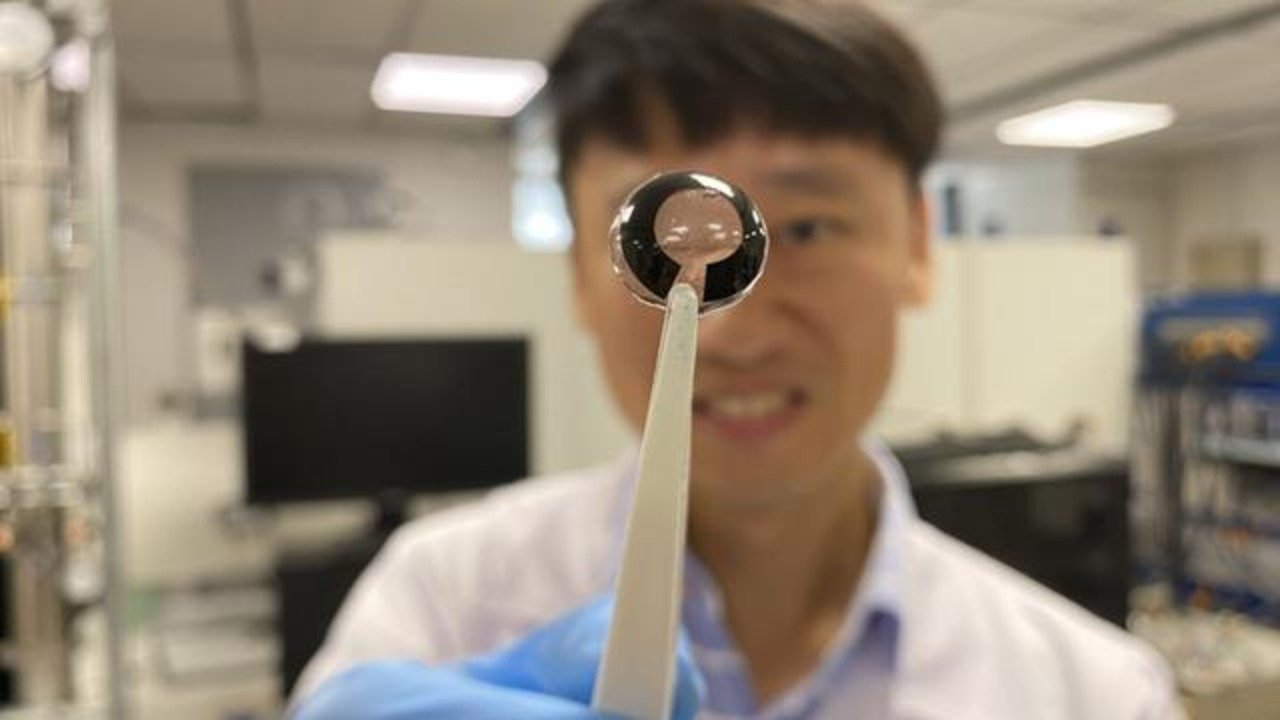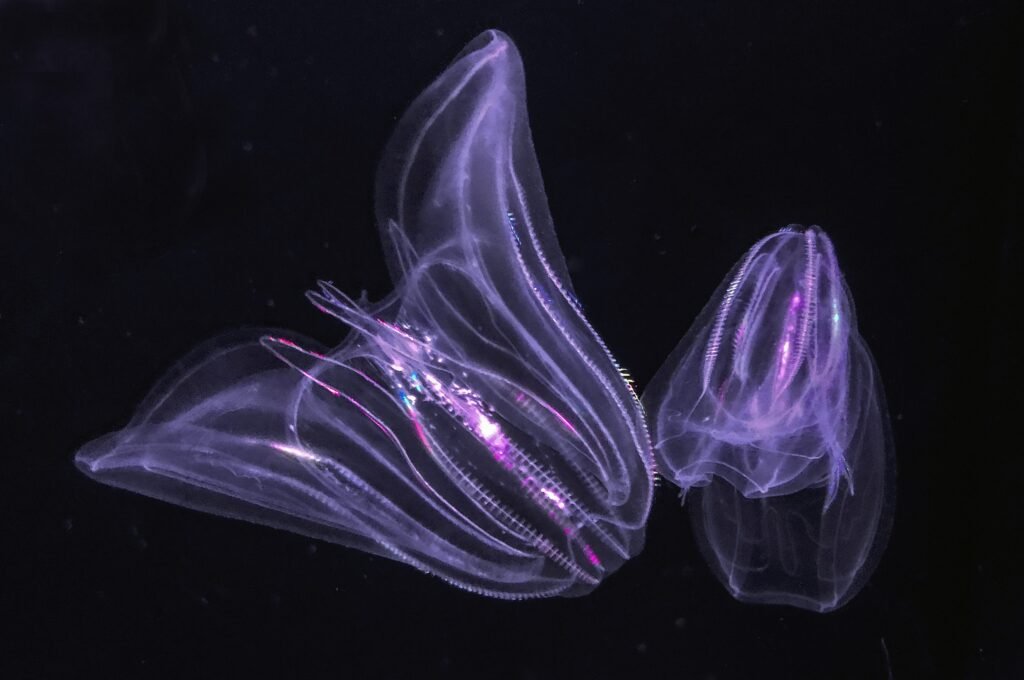Scientists developed an ultra-thin battery that tears can charge
Scientists at Nanyang Technological University (NTU Singapore) have developed an ultra-thin contact lens battery ( 0.2 millimeters thick) that tears can charge. This battery is as thin as a human cornea and stores electricity when it comes in contact with a saline solution of tears.
However, contact lenses are high-tech lenses that can access augmented reality and show visible information on our corneas. Augmented reality combines real-world visuals with virtual images.

The NTU-developed battery consists of biocompatible materials instead of traditional wires or toxic heavy metals like lithium-ion batteries or wireless charging devices. It features a glucose-based coating that reacts with sodium and chloride ions in a saline solution of human tears.
Meanwhile, water in the battery works as the wire or circuitry to generate power. NTU Scientists also found that the battery would last an extra hour for every twelve hours of use while charging it with tears. However, an external power source can also traditionally charge the battery.

Professor Lee Seok Woo of NTU’s School of Electric and Electronic Engineering (EEE) is the lead author of this research development. Lee said this research began with a simple question, “Could they charge contact lens batteries with tears?”
According to Lee, their motivation came from examples, which included self-charging batteries run on people’s sweat. He also said the charging process of their battery only uses water and glucose. It interacts with sodium and chloride ions in human tears.
This process makes it safe for humans to use. It also represents less of a risk to the environment when disposed of than traditional batteries. Hence, NTU scientists developed an ultra-thin battery of 0.2 mm size that can easily fit in a contact lens (0.5 mm) and charge by tear’s saline solution.
Read More:
- Sea creature turns into a baby when it is stressed out showing time travel
- Realme Narzo 70 Turbo 5G launch date, features, specifications & price
- European Space Agency printed 3D metal part in space for first time
- Earth’s mysterious Alaska triangle where over 20,000 people disappeared
- Philips Hue launched a new smart lighting solution for kitchen
- NASA to launch life-searching spacecraft to Jupiter’s moon Europa
Share this content:










Post Comment